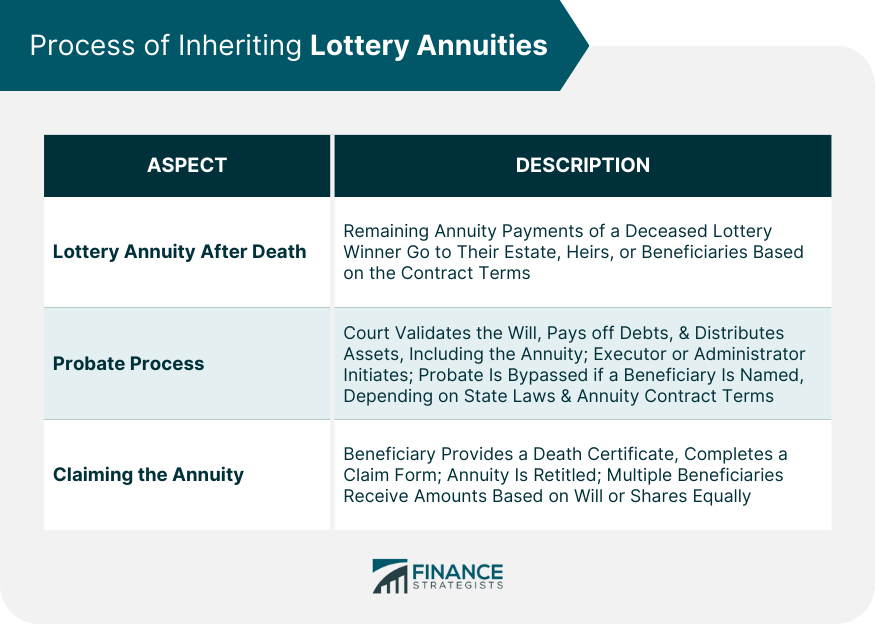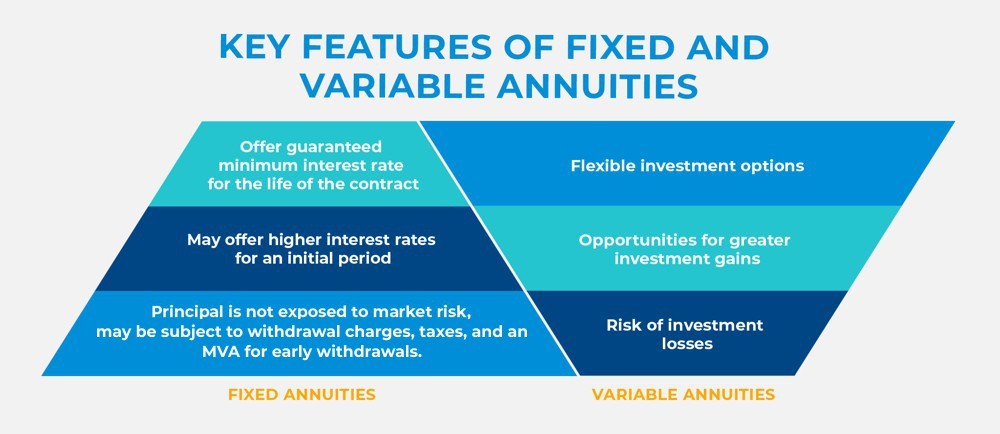All Categories
Featured
Table of Contents
This five-year basic regulation and two adhering to exceptions apply only when the owner's death triggers the payment. Annuitant-driven payments are gone over listed below. The first exemption to the general five-year guideline for specific beneficiaries is to accept the death advantage over a longer period, not to go beyond the expected life time of the recipient.
If the recipient chooses to take the death advantages in this technique, the benefits are taxed like any kind of various other annuity repayments: partially as tax-free return of principal and partly gross income. The exemption proportion is found by using the departed contractholder's cost basis and the expected payouts based on the recipient's life span (of much shorter duration, if that is what the recipient picks).
In this technique, in some cases called a "stretch annuity", the recipient takes a withdrawal every year-- the called for amount of every year's withdrawal is based upon the same tables utilized to calculate the required circulations from an IRA. There are two advantages to this approach. One, the account is not annuitized so the recipient maintains control over the money worth in the contract.
The 2nd exemption to the five-year policy is available just to a making it through partner. If the marked beneficiary is the contractholder's spouse, the spouse might elect to "tip into the shoes" of the decedent. Effectively, the spouse is treated as if he or she were the proprietor of the annuity from its inception.
Tax consequences of inheriting a Annuity Beneficiary
Please note this uses only if the spouse is called as a "designated recipient"; it is not readily available, as an example, if a trust is the recipient and the spouse is the trustee. The general five-year guideline and both exceptions just put on owner-driven annuities, not annuitant-driven agreements. Annuitant-driven agreements will pay fatality advantages when the annuitant passes away.
:max_bytes(150000):strip_icc()/Death-taxes_sketch_final-422a2456bff64e4da2f9dabb41c64ad9.png)
For functions of this discussion, think that the annuitant and the proprietor are various - Period certain annuities. If the contract is annuitant-driven and the annuitant passes away, the death activates the death benefits and the beneficiary has 60 days to determine exactly how to take the survivor benefit based on the regards to the annuity contract
Note that the option of a partner to "step right into the shoes" of the owner will certainly not be offered-- that exemption applies just when the owner has passed away however the proprietor really did not die in the circumstances, the annuitant did. If the recipient is under age 59, the "death" exception to avoid the 10% fine will not use to a premature distribution once again, since that is readily available just on the death of the contractholder (not the fatality of the annuitant).
In reality, several annuity companies have internal underwriting plans that reject to issue agreements that call a different proprietor and annuitant. (There might be odd circumstances in which an annuitant-driven contract meets a customers unique requirements, however most of the time the tax negative aspects will certainly exceed the advantages - Annuity withdrawal options.) Jointly-owned annuities might position similar problems-- or at the very least they may not serve the estate planning function that other jointly-held properties do
Consequently, the fatality advantages need to be paid out within 5 years of the first proprietor's death, or based on both exemptions (annuitization or spousal continuation). If an annuity is held jointly in between a couple it would appear that if one were to die, the various other can just proceed ownership under the spousal continuance exemption.
Assume that the couple called their kid as recipient of their jointly-owned annuity. Upon the fatality of either proprietor, the company should pay the survivor benefit to the boy, who is the beneficiary, not the enduring spouse and this would probably beat the owner's purposes. At a minimum, this instance mentions the complexity and uncertainty that jointly-held annuities pose.
Taxes on inherited Annuity Death Benefits payouts
D-Man created: Mon May 20, 2024 3:50 pm Alan S. composed: Mon May 20, 2024 2:31 pm D-Man wrote: Mon May 20, 2024 1:36 pm Thanks. Was really hoping there may be a system like establishing up a recipient IRA, but appears like they is not the case when the estate is setup as a beneficiary.

That does not recognize the type of account holding the inherited annuity. If the annuity was in an acquired IRA annuity, you as executor need to be able to assign the inherited individual retirement account annuities out of the estate to acquired Individual retirement accounts for each and every estate beneficiary. This transfer is not a taxable event.
Any kind of distributions made from acquired IRAs after job are taxed to the beneficiary that got them at their regular earnings tax obligation rate for the year of distributions. If the inherited annuities were not in an IRA at her death, after that there is no way to do a straight rollover right into an acquired IRA for either the estate or the estate beneficiaries.
If that occurs, you can still pass the distribution via the estate to the private estate recipients. The income tax obligation return for the estate (Type 1041) could include Type K-1, passing the revenue from the estate to the estate beneficiaries to be tired at their private tax prices instead of the much greater estate revenue tax prices.
Annuity Withdrawal Options inheritance taxation

: We will develop a plan that includes the most effective products and attributes, such as boosted survivor benefit, costs benefits, and long-term life insurance.: Receive a customized technique created to maximize your estate's worth and lessen tax obligation liabilities.: Execute the selected technique and get ongoing support.: We will certainly help you with setting up the annuities and life insurance coverage plans, providing continuous advice to make certain the strategy stays efficient.
Needs to the inheritance be related to as an income connected to a decedent, after that tax obligations may apply. Normally talking, no. With exemption to pension (such as a 401(k), 403(b), or individual retirement account), life insurance policy profits, and financial savings bond interest, the recipient typically will not need to birth any type of earnings tax on their inherited riches.
The amount one can inherit from a trust fund without paying taxes depends on different factors. Specific states might have their own estate tax obligation regulations.

His objective is to simplify retired life planning and insurance, making sure that clients understand their selections and protect the very best coverage at irresistible rates. Shawn is the owner of The Annuity Specialist, an independent online insurance coverage agency servicing consumers throughout the USA. With this platform, he and his team aim to remove the uncertainty in retired life planning by aiding people find the most effective insurance policy protection at one of the most competitive prices.
Table of Contents
Latest Posts
Understanding Financial Strategies Everything You Need to Know About Fixed Vs Variable Annuity Pros And Cons Defining the Right Financial Strategy Pros and Cons of Fixed Vs Variable Annuity Why Deferr
Understanding What Is Variable Annuity Vs Fixed Annuity A Comprehensive Guide to Investment Choices What Is Pros And Cons Of Fixed Annuity And Variable Annuity? Pros and Cons of Various Financial Opti
Exploring Variable Annuity Vs Fixed Indexed Annuity Key Insights on Variable Annuities Vs Fixed Annuities Defining Fixed Income Annuity Vs Variable Annuity Features of Smart Investment Choices Why Fix
More
Latest Posts